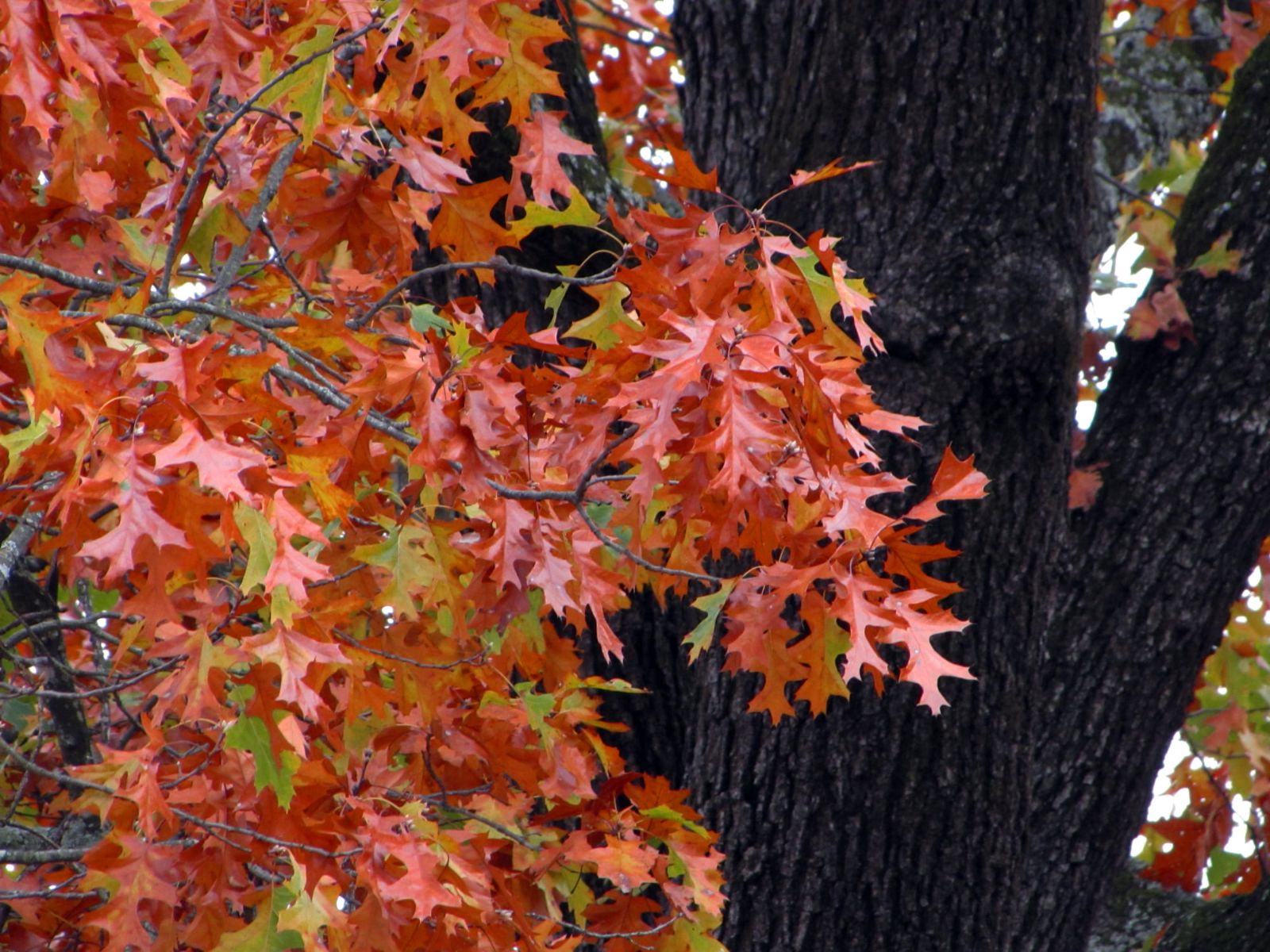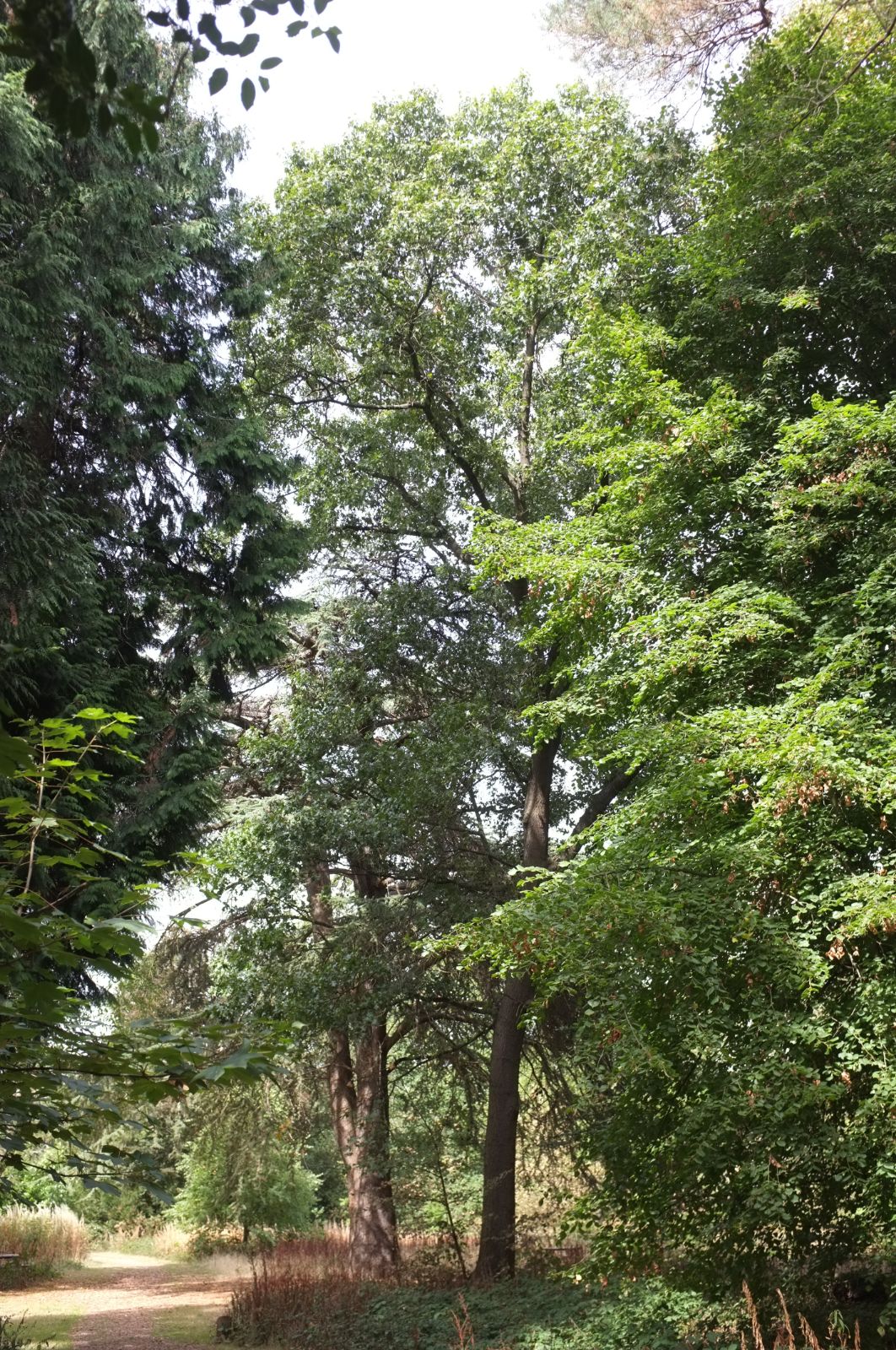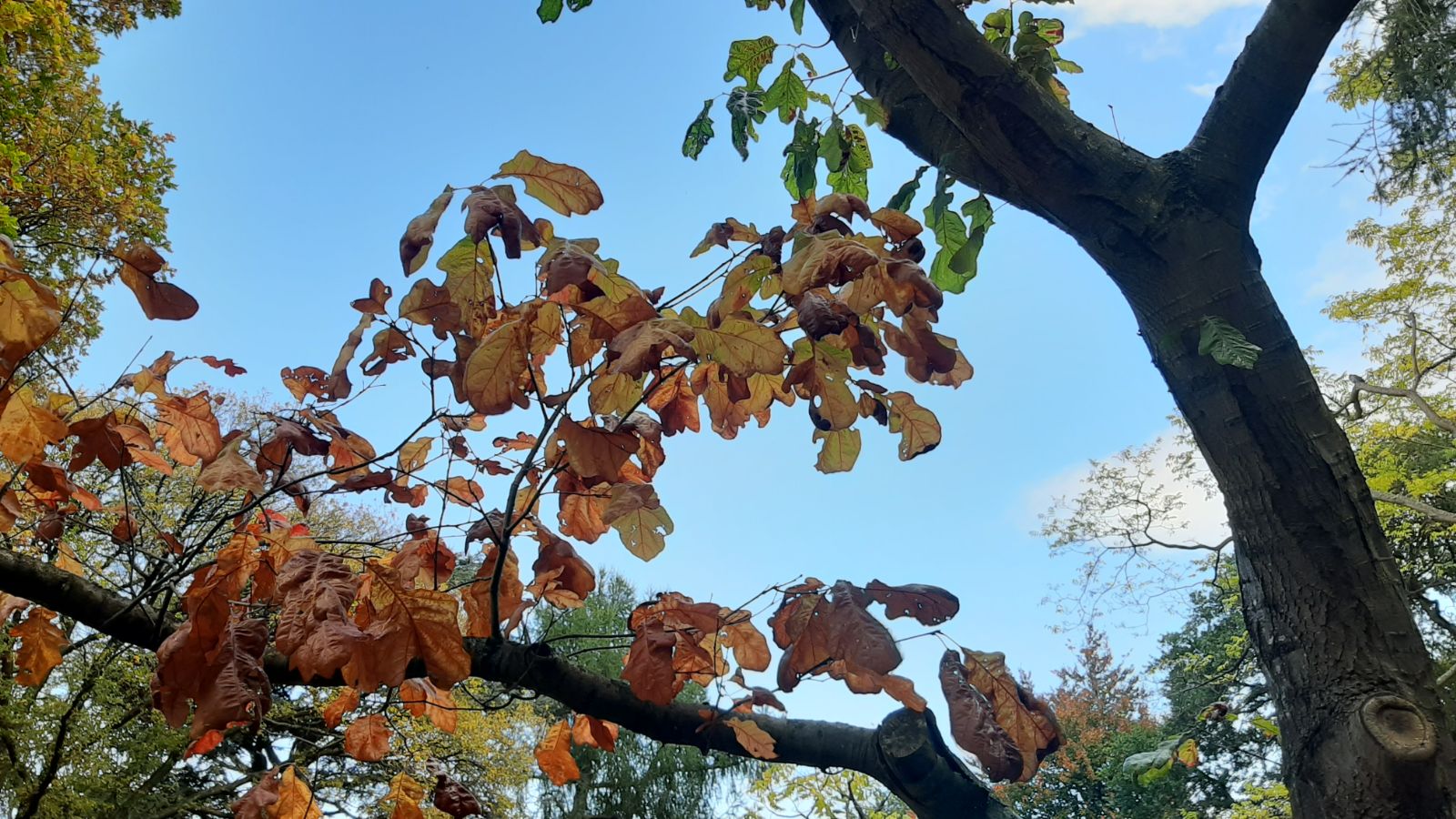Quercus velutina
Sponsor
Kindly sponsored by
The Trees and Shrubs Online Oak Consortium
Credits
Article from Bean's Trees and Shrubs Hardy in the British Isles
Recommended citation
'Quercus velutina' from the website Trees and Shrubs Online (treesandshrubsonline.
Infraspecifics
Other taxa in genus
- Quercus acerifolia
- Quercus acherdophylla
- Quercus acrodonta
- Quercus acuta
- Quercus acutifolia
- Quercus acutissima
- Quercus afares
- Quercus affinis
- Quercus agrifolia
- Quercus alba
- Quercus aliena
- Quercus alnifolia
- Quercus aquifolioides
- Quercus arizonica
- Quercus arkansana
- Quercus aucheri
- Quercus augustini
- Quercus austrina
- Quercus × auzendei
- Quercus baloot
- Quercus bambusifolia
- Quercus baronii
- Quercus bicolor
- Quercus brantii
- Quercus buckleyi
- Quercus canariensis
- Quercus canbyi
- Quercus candicans
- Quercus castanea
- Quercus castaneifolia
- Quercus cerris
- Quercus chenii
- Quercus chrysolepis
- Quercus coccifera
- Quercus cocciferoides
- Quercus coccinea
- Quercus conspersa
- Quercus crassifolia
- Quercus crassipes
- Quercus delavayi
- Quercus dentata
- Quercus deserticola
- Quercus dolicholepis
- Quercus douglasii
- Quercus dumosa
- Quercus durifolia
- Quercus eduardii
- Quercus ellipsoidalis
- Quercus emoryi
- Quercus engelmannii
- Quercus engleriana
- Quercus euboica
- Quercus eugeniifolia
- Quercus fabri
- Quercus faginea
- Quercus falcata
- Quercus floribunda
- Quercus frainetto
- Quercus franchetii
- Quercus fruticosa
- Quercus fusiformis
- Quercus gambelii
- Quercus garryana
- Quercus geminata
- Quercus georgiana
- Quercus germana
- Quercus gilliana
- Quercus gilva
- Quercus glabrescens
- Quercus glauca
- Quercus graciliformis
- Quercus gravesii
- Quercus griffithii
- Quercus grisea
- Quercus guyavifolia
- Quercus hartwissiana
- Quercus hemisphaerica
- Quercus × hispanica
- Quercus hondae
- Quercus hypargyrea
- Quercus hypoleucoides
- Quercus ilex
- Quercus ilicifolia
- Quercus imbricaria
- Quercus incana
- Quercus infectoria
- Quercus insignis
- Quercus ithaburensis
- Quercus kelloggii
- Quercus × kewensis
- Quercus kiukiangensis
- Quercus laceyi
- Quercus laevis
- Quercus lamellosa
- Quercus lanata
- Quercus lancifolia
- Quercus laurifolia
- Quercus laurina
- Quercus × leana
- Quercus leucotrichophora
- Quercus × libanerris
- Quercus libani
- Quercus lobata
- Quercus lobbii
- Quercus lodicosa
- Quercus longinux
- Quercus longispica
- Quercus look
- Quercus × ludoviciana
- Quercus macranthera
- Quercus macrocalyx
- Quercus macrocarpa
- Quercus macrolepis
- Quercus marilandica
- Quercus mexicana
- Quercus michauxii
- Quercus mongolica
- Quercus monimotricha
- Quercus montana
- Quercus morii
- Quercus muehlenbergii
- Quercus myrsinifolia
- Quercus myrtifolia
- Quercus nigra
- Quercus × numidica
- Quercus oblongifolia
- Quercus obtusata
- Quercus oglethorpensis
- Quercus oxyodon
- Quercus pagoda
- Quercus palmeri
- Quercus palustris
- Quercus pannosa
- Quercus parvula
- Quercus petraea
- Quercus phellos
- Quercus phillyreoides
- Quercus planipocula
- Quercus poilanei
- Quercus polymorpha
- Quercus pontica
- Quercus prinoides
- Quercus pubescens
- Quercus pyrenaica
- Quercus rehderiana
- Quercus reticulata
- Quercus robur
- Quercus rotundifolia
- Quercus rubra
- Quercus rugosa
- Quercus rysophylla
- Quercus sadleriana
- Quercus salicina
- Quercus sartorii
- Quercus × schneideri
- Quercus schottkyana
- Quercus semecarpifolia
- Quercus senescens
- Quercus serrata
- Quercus sessilifolia
- Quercus setulosa
- Quercus shumardii
- Quercus sinuata
- Quercus spinosa
- Quercus stellata
- Quercus stenophylloides
- Quercus suber
- Quercus subspathulata
- Quercus tarokoensis
- Quercus tatakaensis
- Quercus texana
- Quercus tomentella
- Quercus trojana
- Quercus tungmaiensis
- Quercus turbinella
- Quercus × turneri
- Quercus undulata
- Quercus utahensis
- Quercus utilis
- Quercus uxoris
- Quercus variabilis
- Quercus virginiana
- Quercus vulcanica
- Quercus warburgii
- Quercus wislizenii
- Quercus xalapensis
A deciduous tree 70, 80, or more ft high; young shoots at first covered with brownish starry down; buds very downy, 1⁄4 to 1⁄2 in. long. Leaves oval or obovate, 5 to 12 in. long, half to two-thirds as wide; more or less deeply five- or seven-lobed; the lobes ovate or triangular, toothed or nearly entire; upper surface dark green and shining, glabrous or becoming so, lower surface paler, covered with a thin, scattered scurf, and with tufts of down in the vein-axils; stalk 1 to 21⁄2 in. long. Fruits solitary or paired, scarcely stalked; acorns ovoid to hemispherical; cup bowl-shaped, about half-enclosing the acorn, the middle and upper scales loosely imbricated.
Native of eastern N. America, extending well beyond the Mississippi; introduced in 1800 but not common. The bark and acorns of this species are permeated by a yellow principle, and from the former a yellow dye, quercitron, is obtained. Despite its common name (which refers to its dark bark) Q. velutina is one of the red oak group, and among these it is distinguished by its yellow inner bark, large downy buds, and the stellate down on young leaf and shoot. The leaves vary in the depth of the sinuses, which may be quite shallow or reach up to two-thirds of the way to the midrib.
There is a fine specimen of Q. velutina at Kew by the Isleworth Gate, measuring 54 × 73⁄4 ft (1972) (see also ‘Rubrifolia’). Others are: Westonbirt, Glos., in Broad Drive, 70 × 73⁄4 ft (1969); Batsford Park, Glos., pl. 1900, 77 × 83⁄4 ft (1971); Bicton, Devon, 65 × 71⁄2 ft (1968); Curraghmore, Co. Waterford, Eire, 62 × 7 ft (1968).
From the Supplement (Vol. V)
specimens: Kew, by the Isleworth Gate, 54 × 73⁄4 ft (1972); Knap Hill Nursery, 82 × 121⁄2 ft (1984); Mountfield Court, near Hastings, Sussex, 85 × 103⁄4 ft (1981); Batsford Park, Glos., pl. 1900, 82 × 91⁄2 ft (1980); Colesbourne, Glos., 85 × 83⁄4 ft (1984); Peamore, Devon, 54 × 81⁄2 ft (1983); Killerton, Devon, Car Park, 72 × 8 ft (1983).
cv. ‘Rubrifolia’. – specimens: Kew, pl. 1893, 69 × 61⁄4 ft (1986); Syon House, London, 72 × 63⁄4 ft (1982); Winkworth Arboretum, Godalming, Surrey, 59 × 41⁄2 ft (1978).
'Albertsii'
Leaves, at least on young plants, up to 14 in. long, 8 in. wide. Raised in Holland and in commerce in Britain by 1875.




